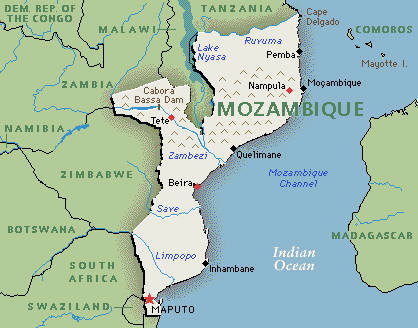 |
Mozambique
was
originally inhabited by ancestors of the
Khoisani peoples. The San people were hunter and gatherers. By the
300's they were pushed out when by the Bantu speaking peoples who were
migrating southward. Around the same time Arab and Swahili traders were
setting up shop along the coastal areas, to create trading routes into
the interior. When the Portuguese began exploring routes to India,
Vasco
da Gama would claim the area for Portugal. This led to trading
posts and forts being established by the Portuguese to act as ports on
the way to India. The most notable fort was São
Sebastião de Moçambique. For the next 400, the
country, was known as Portuguese East Africa. All the regions
gold, ivory, land and people (who were sold as slaves) were taken to
Europe, Asia, and the America's. In 1891 a large private company, Companhia
de Moçambique (among others), were given by
charter/sovereign rights for 50 years. While this charter helped the
white settlers and Portugal, no thought was given to the education and
skills of the local people. Eventually the Portuguese government took
more interest in Mozambique. They removed the companies’ administrative
power and began to build infrastructure using forced labor. In 1951,
Mozambique officially became an overseas province of Portugal.
Regardless of the new title, Portugal had strong control over
Mozambique and did little to improve the lives of the people. In 1962,
several anti colonial groups formed the Frente de
Liberação de Moçambique (Front for the
Liberation of Mozambique), or FRELIMO. In response to Portugal's
refusal of independence, FRELIMO launched a bitter armed campaign in
1964. After 10 years of warfare, FRELIMO took control in April of 1974.
By agreement, Mozambique became independent on June 25, 1975. When
the Portuguese left they took their knowledge, equipment, and money
with them. This left Mozambique with unskilled people who were never
given the education or know how to run their own country. Mozambique
later became a base for neighboring nationalist rebels. As a result,
the Resistência Nacional Moçambicana (Mozambican
National Resistance), or RENAMO, was born and launched guerilla warfare
against the FRELIMO party. Mozambique descended into civil war. During
the war, over 1 million people were killed and 3 million displaced.
Finally in 1992 the war came to an end and a new constitution was
adopted. Today the country is still struggling to recover.
|
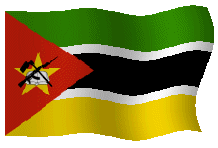 |
Images of Mozambique's Capital City Maputo
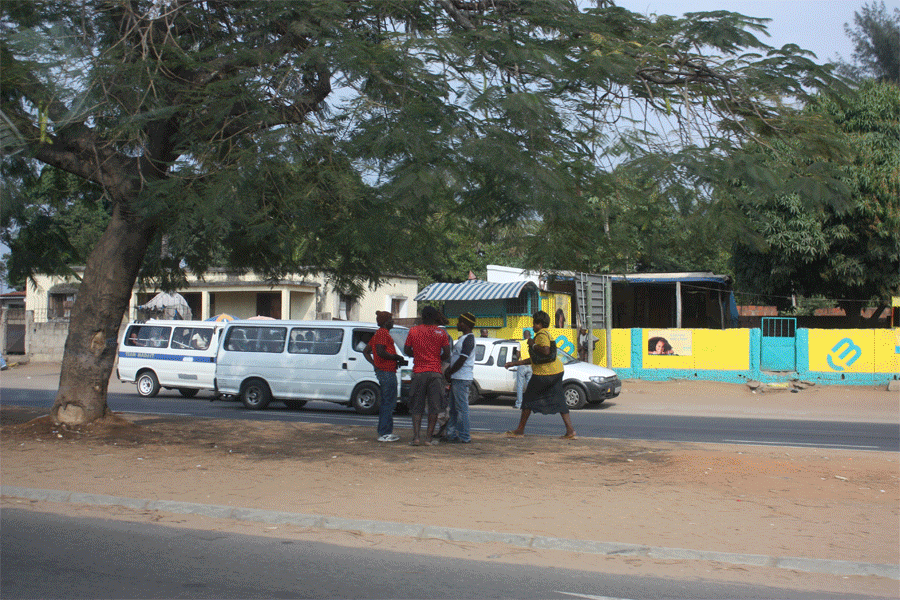
More of Maputo
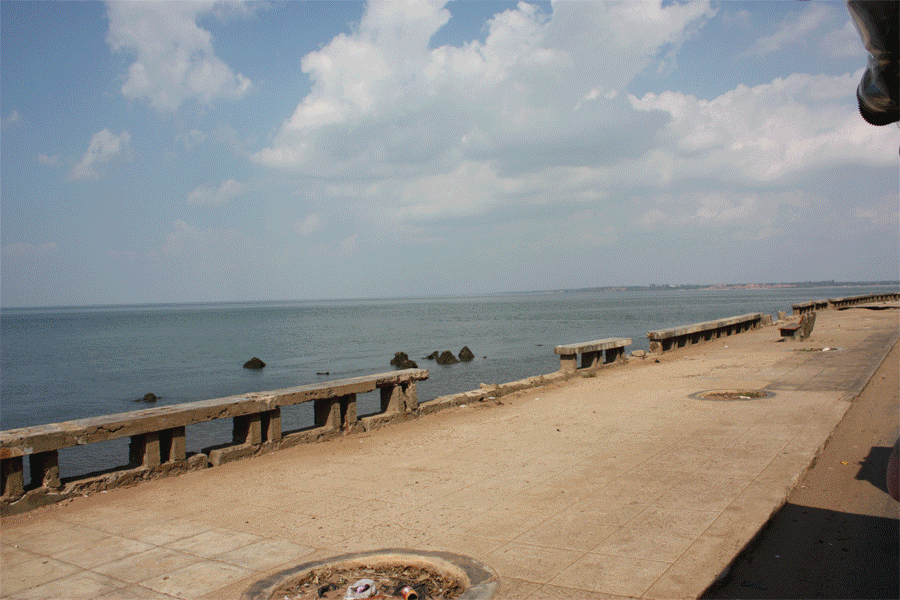
Maputo and it's surrounding beach area


